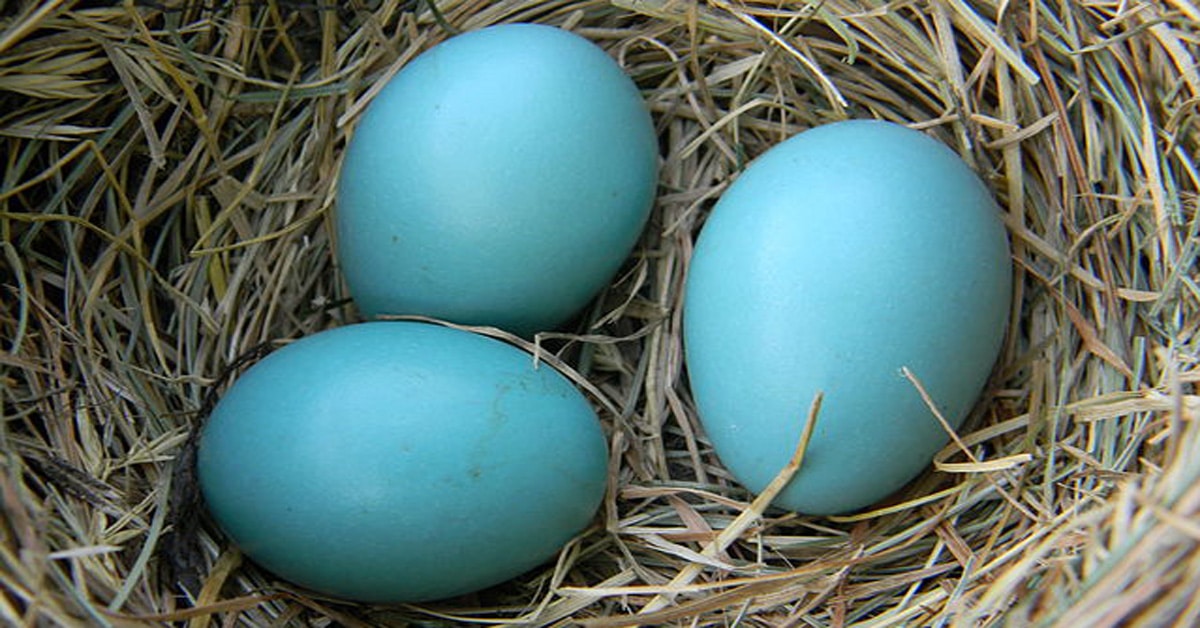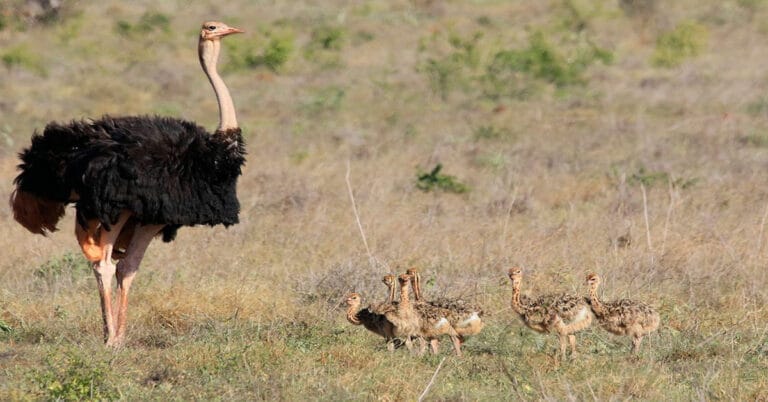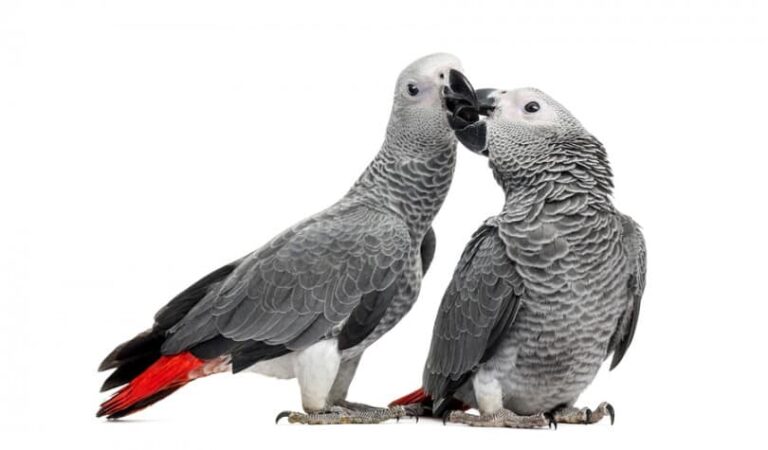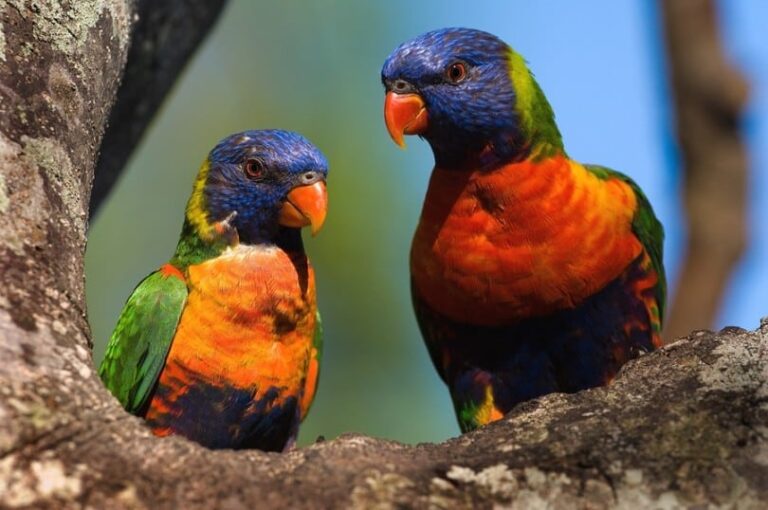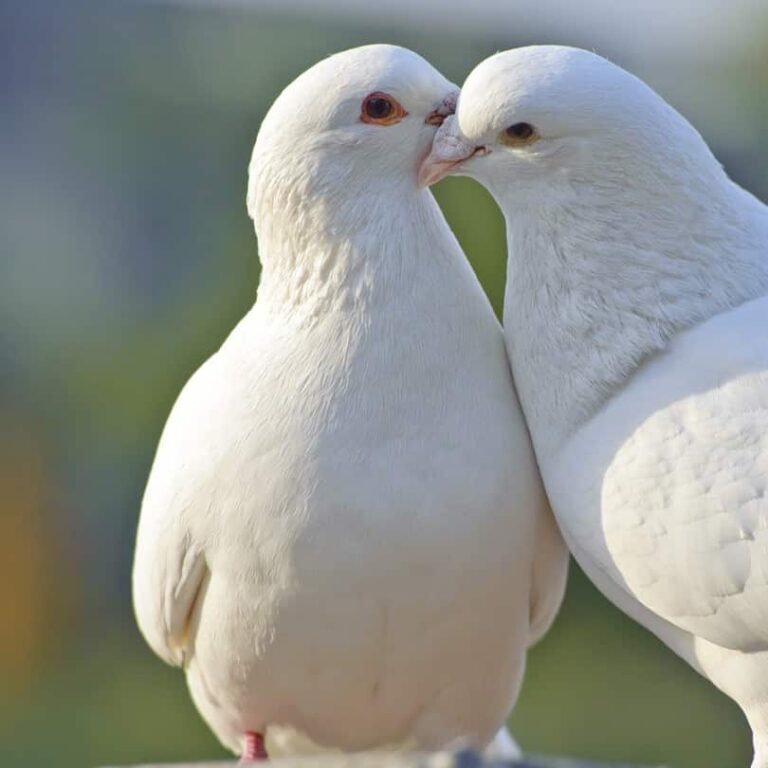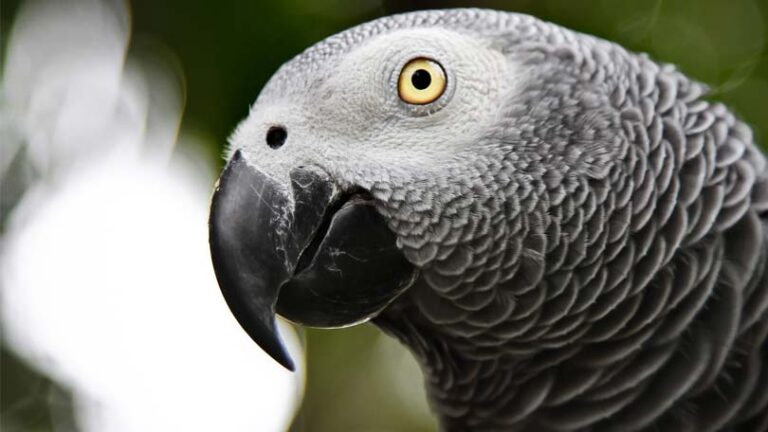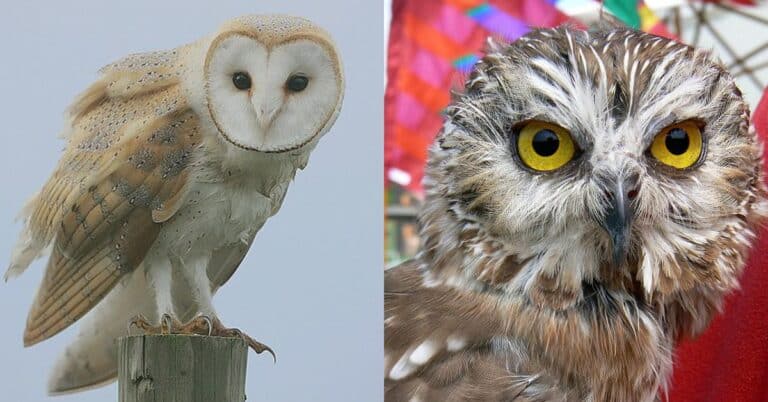Robin Eggs – Precious & Existential Meaning of Color
Humans are convinced at every step of their lives that the world is full of wonders that sometimes can’t be explained and indeed – Robin eggs are one such unique phenomenon. Once you find out the fascinating characteristics associated with Robin eggs, you’ll quickly start to believe that nature knows best how to arrange life on Earth.
Do you want to know the scientific reason for their exceptional coloring? Or maybe you’re looking for useful tips on how to attract Robin songbirds to your yard in order to enjoy their chirping. In this article, we will provide you with comprehensive guidance through Robin Eggs and address all these questions.
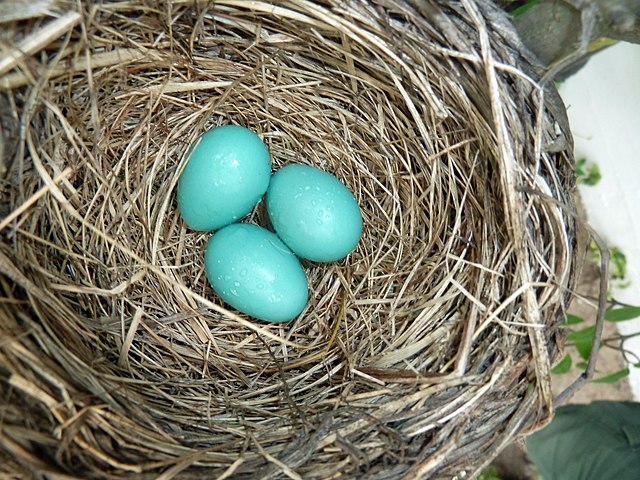
What Are Robin Eggs?
When speaking about exotic bird eggs, the foremost question that most people ask is what shape and size the egg is. In fact, Robin’s egg is so tiny that it can even fit in the palm of your hand.
The average size of a robin’s egg is rarely more than 3 centimeters in length. Its width, on the other hand, is 2.1 centimeters on average. Considering the miniature size of the egg, robin nests are also quite compact. Believe it or not, not only an egg itself but an entire nest can perfectly fit in the palm of your hand as well.
The number of eggs Robin songbirds lay usually varies from 1 to 6. The exact number depends on how healthy they are and what type of genetics they have. If the robin lays the maximum number of eggs, it will be limited to laying only one egg per day. In terms of reproduction, robins can be fertile for as many as 2-6 years. Anyone who understands bird fertility will probably agree that it’s quite a long time.
What Makes Robin Eggs Blue?
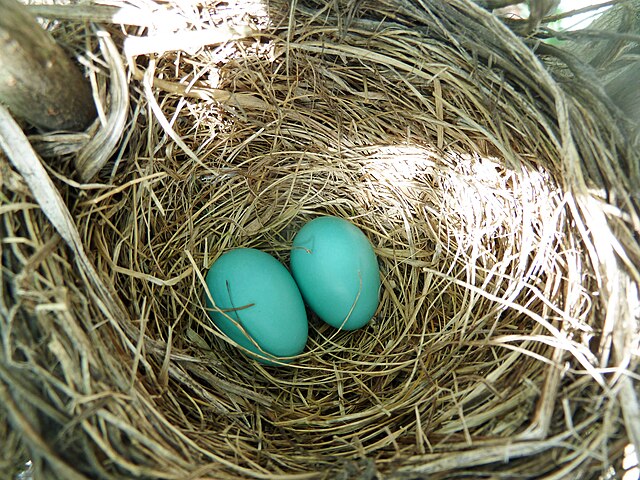
What biological purpose do you think egg color might have or what specific evolutionary advantage might it confer on nestlings? For those birds that have built their nests on the ground or in other relatively easy-to-find places, the regularity of evolution has gifted them with the color of their eggs, which is difficult to distinguish from the living environment. You will probably agree that this seemingly minor detail is focused on saving nestlings.
But how do we explain the fact that some bird’s eggs are so brightly colored that any predator can catch a glimpse of them even from a distance? Undoubtedly, this fact must have a scientific explanation. We will give you a hint – the reason is still related to the protective function, but in this case, it means protection from the sun, not protection from predators. Well, as you can see, this reason is more interesting and more complicated than camouflage itself.
But Why Specifically Blue?
The blue color of Robin eggs is a wisely chosen color that simultaneously protects the nestlings from harmful ultraviolet and infrared radiation from the sun and also protects the eggs from overheating, because, as we know, the darker the color, the more light and heat it absorbs. When the parent leaves the nest to search for food, the blue color will take care of the vulnerable eggs. Isn’t nature an amazing thing?
The fact that Robin eggs have transitional pigmentation and can vary in color from dark blue to light blue convinces us of the wonder of nature and specifically the process of evolution. Based on the information above, you probably already know why, but we’ll back it up and tell you that the egg has different shades of blue depending on how sunny the area is where the Robin decided to build the nest – the more the egg is at risk of sun damage, the darker it is.
For instance, for robins living in forests, eggs are darker in color than for robins living in bright environments, such as open parks and meadows.
Robins Eggs Coloration & the Quality of Parental Care
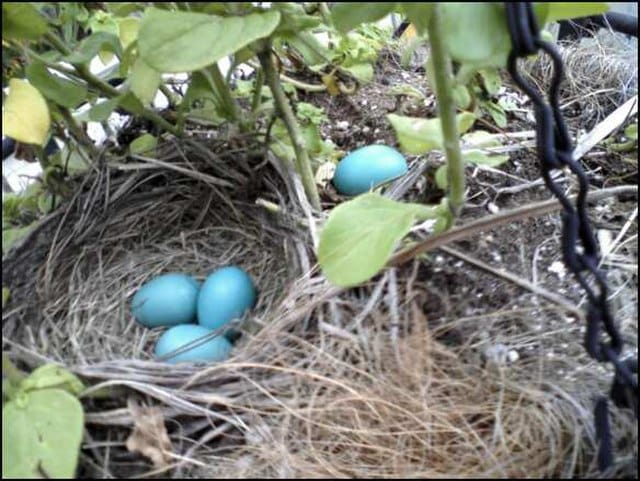
Even man, the most intelligent creature inhabiting the earth, constantly tries to show his love equally to his children and thus avoid bias. Unlike us, robins have a different mentality and care more diligently for those offspring whose eggs have a darker blue color.
As part of a scientific study conducted at Queen’s University, the real Robin eggs were replaced in different places with artificial eggs, but as soon as the eggs began to hatch, scientists replaced the artificial eggs with Robin nestlings. As a result of the experiment, it was found that a male Robin “thinks” that a healthy mate produces the best offspring and the color of the egg is the best indicator of the genetics and health of the mate.
Perhaps this approach to the matter isn’t at all meaningless, but the fact that male Robins, whose nests contained dark blue eggs, fed twice as much to newly hatched chicks is difficult to explain.
Since we have already conversed so much about the coloring of Robin eggs and the real purpose of this pigment, now it is time to let you know where this blue color comes from and what causes this color to occur in the eggshell.
For this purpose, let us introduce you to biliverdin, a pigment that is deposited in the eggshell in the process of laying eggs. As mentioned earlier, the more biliverdin the female Robin’s body provides to the egg, the healthier the female Robin is, and this fact subconsciously encourages male Robins to show more interest in and care for their chicks.
How to Attract Robins in Your Yard?
Do you want to attract robins to your garden? If that’s your mission, then you should know which plants and flowers can help you accomplish this purpose. The most attractive plans for robins are those that produce fruit and berries.
Still, what is the best type of food we can use to attract robins? Among other berries, robins like to eat mulberries, blueberries, and strawberries.
Cut fruits and insects, such as earthworms, are also acceptable foods to attract robins. After selecting a suitable feast, we recommend spreading the feed on your grass. Believe us, Robins had a lot of fun in the process of searching for food. However, we would also like to advise that you don’t under any circumstances offer store-bought bird seed mix or bread to your robins. Robins can’t digest bird seeds, but their beaks aren’t suitable for eating seeds either.
The main discovery of this chapter is still ahead of you, as we are almost sure that you didn’t know that robins have UV vision. Yes, you didn’t hear us wrong — unlike humans, birds can see the energy emitted by colors. That’s why, since blue, green, and purple emit higher energy waves than other colors, it would be smart to have something in your yard that has these colors to attract robins.
What Animals Hunt Robin Eggs?
1. Crows and Blue Jays
The Blue Jay is one of the species of birds with the worst reputation. Mainly, this is because of their habit of eating the eggs of other birds. The list of these birds includes robins as well. For this, the Blue Jay locates the egg with its keen eyesight and swallows the embryo whole.
For us, as humans, cannibalism in nature is always associated with a dreadful feeling, because no one knows better than us how immoral this behavior is. Unfortunately, however, the rules of life in nature are often cruel, and not only Blue Jays but also crows are delighted to eat Robin’s eggs.
2. Squirrels
Stereotypically, we know that squirrels’ favorite food is walnuts. But now, it’s time to debunk this myth and make it clear that squirrels actually prefer bird eggs. In fact, eggshells are especially favorable for squirrels as they contain a large amount of calcium. Besides, eggs contain fats and proteins — two more important nutrients for squirrels’ well-being.
Despite all this, these furry rodents usually don’t seek out the nests of Robins or other birds, but if an unfortunate event occurs and the squirrels happen to find Robin’s nest, they know exactly how to crack the eggshell and eat the embryo inside.
3. Snakes
Unlike birds of prey and squirrels, snakes waste no time cracking open Robin’s egg and swallowing it whole. This is not surprising, since, as we already mentioned at the beginning of the article, Robin eggs are rarely more than 3 centimeters in length.
Some snake species, especially those that have climbing abilities, regularly eat eggs and birds. For instance, rats and corn snakes are predators that are often caught visiting bird nests. They usually aim to find eggs or nestlings.
Final Thoughts
We may have provided you with too much information in a single article, but we are glad that you now have a complete understanding of Robin eggs and even know how to attract these amazing songbirds to your yard so that you can enjoy the amazing color of their eggs.
From now on, every time you look at Robin eggs, you will remember what wonderful handwriting nature brings into the world concerning all living organisms inhabiting the earth and how the process of evolution helps each new generation adapt to environmental conditions.

Nato is a content writer and researcher with a background in psychology who’s eager to explore the wonders of nature. As a travel enthusiast and animal lover, she hopes to inspire others to discover and cherish the beauty and importance of the natural world.

